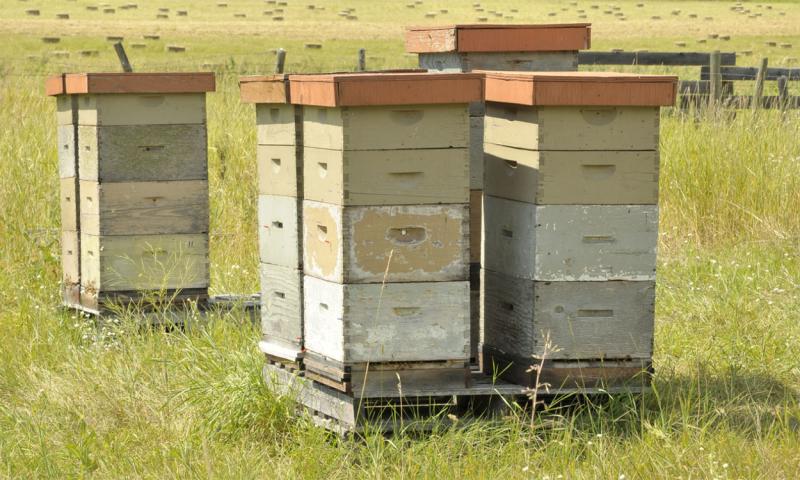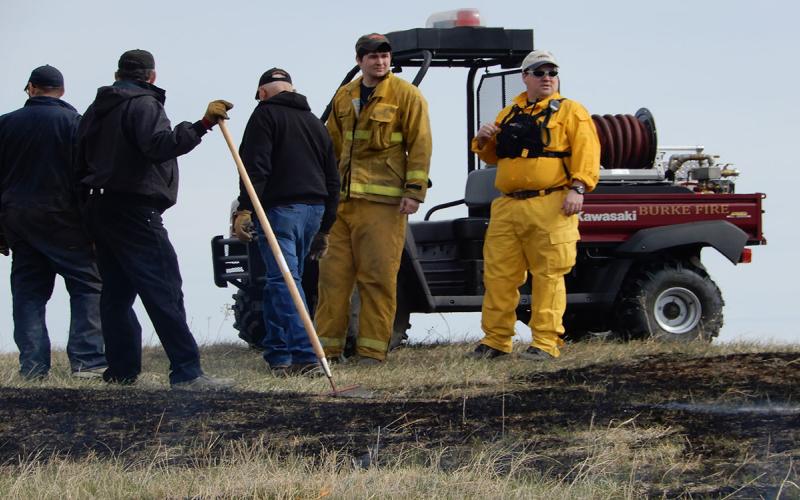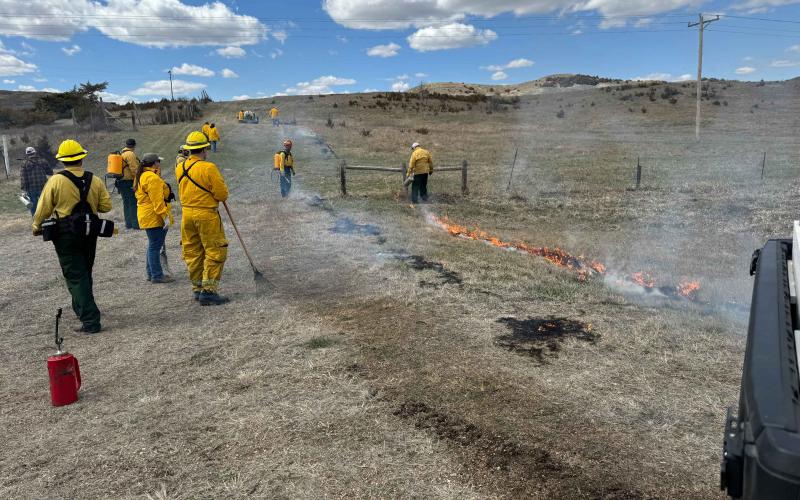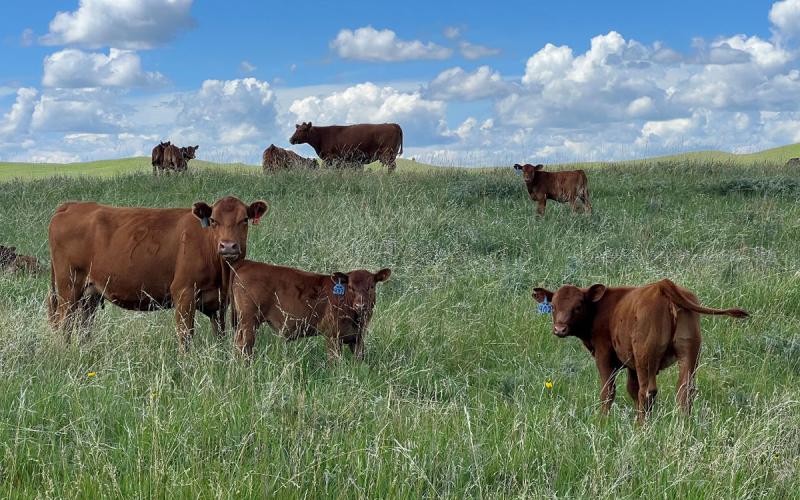
Grasslands, whether in the form of pastureland, rangeland or various conservation program or habitat lands are important ecosystems that provide a variety of goods and services, such as:
- Forage for livestock
- Wildlife habitat
- Pollinator habitat
- Plant variety
- Hydrologic function for ground water recharge
- Nutrient cycling
- Carbon storage
- Water filtration and sediment capture
- Soil conservation and soil building
- Open space for aesthetic value
It is the responsibility of the grassland manager to apply the proper tools, techniques and management to achieve the desired set of goods and services. The goods (e.g., livestock, hay, fee hunting) are supported by well-established economic markets while services (e.g., nutrient cycling, water quality) are generally supported by governmental conservation incentive programs.
The goal of the Coalition and its partners is to help you, the private grassland manager, understand the value of these goods and services and how to navigate the complex conservation policies surrounding incentivized conservation programs. Science and management must be at the heart of such policy debates. The Coalition is at the forefront in helping local, state and federal agencies guide these important policy discussions to ensure grasslands continue to provide such goods and services in the future.
The Healthy Grasslands article series is provided by the South Dakota Grassland Coalition in partnership with SDSU Extension. Contributing editors: Alexander J. Smart, Peter J. Bauman and Joshua Lefers. © South Dakota Grassland Coalition 2017. For more information, view the full publication or visit the South Dakota Grassland Coalition website.


